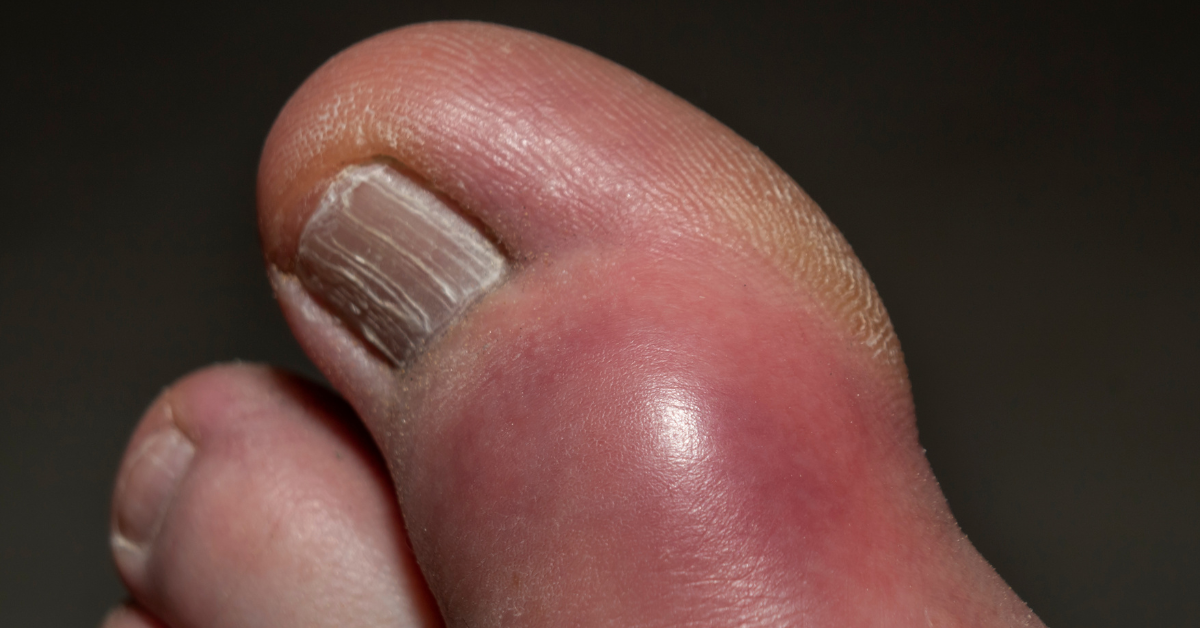How To Treat An Abscess On Big Toe
Understanding and Addressing Abscesses on the Big Toe
You wake up one morning, ready to tackle the day ahead, only to find yourself hobbling in agony with every step you take. The culprit? An unexpected and excruciating pain radiating from your big toe. Abscesses on the big toe may seem innocuous at first glance, but beneath the surface lies a potentially perilous situation waiting to unfold. In this blog post, we’ll unravel the sinister origins, symptoms, and treatment strategies for abscesses on the big toe, empowering you to confront this menacing foe head-on.
Causes of Abscesses on the Big Toe
Abscesses on the big toe can stem from various factors, including:
- Ingrown Toenails: When the edge of the toenail grows into the surrounding skin, it can lead to irritation and inflammation, providing an entry point for bacteria to cause an abscess.
- Trauma: Injuries such as stubbing the toe or dropping heavy objects on it can break the skin, allowing bacteria to enter and form an abscess.
- Infections: Bacterial infections, particularly Staphylococcus aureus, can infiltrate the skin through cuts, scrapes, or open wounds on the toe, resulting in abscess formation.
- Poor Hygiene: Inadequate foot hygiene, including infrequent washing and wearing dirty socks or shoes, can contribute to bacterial growth and increase the risk of abscess development.
- Underlying Conditions: Certain skin conditions like dermatitis or psoriasis, as well as immunodeficiency disorders and diabetes, can make individuals more susceptible to abscesses on the big toe.
Symptoms of Abscesses on the Big Toe
Identifying the symptoms of an abscess on the big toe is crucial for prompt diagnosis and treatment. Common signs include:
- Pain and tenderness around the affected area
- Swelling, redness, and warmth
- Pus or discharge draining from the abscess
- Difficulty walking or wearing shoes comfortably
- Fever or chills in severe cases
Treatment Options for Abscesses on the Big Toe
Treating an abscess on the big toe typically involves a combination of home care and medical intervention:
- Warm Soaks: Soaking the affected foot in warm water several times a day can help alleviate pain and promote drainage of the abscess.
- Antibiotics: If the abscess is infected, your healthcare provider may prescribe antibiotics to target the underlying bacterial infection.
- Incision and Drainage: In cases where the abscess is large or does not improve with home care, a healthcare professional may need to make a small incision to drain the pus and relieve pressure.
- Surgical Intervention: For recurrent or severe abscesses, surgical procedures such as toenail removal or drainage may be necessary to prevent future occurrences.
Preventing Abscesses on the Big Toe
Taking proactive steps to maintain good foot hygiene and avoid common risk factors can help prevent abscesses on the big toe, these include:
- Trimming toenails straight across to prevent ingrown toenails
- Keeping feet clean and dry, especially between the toes
- Wearing well-fitting shoes and socks made of breathable materials
- Promptly treating any cuts, scrapes, or injuries to the feet
Conclusion
Abscesses on the big toe can be both painful and inconvenient, but with proper understanding and treatment, relief is within reach. By recognizing the causes, symptoms, and treatment options for abscesses on the big toe, you can take proactive steps to address this common foot ailment effectively. If you’re experiencing persistent or severe symptoms, don’t hesitate to seek medical attention for personalized care and guidance tailored to your needs.


Leave a Reply